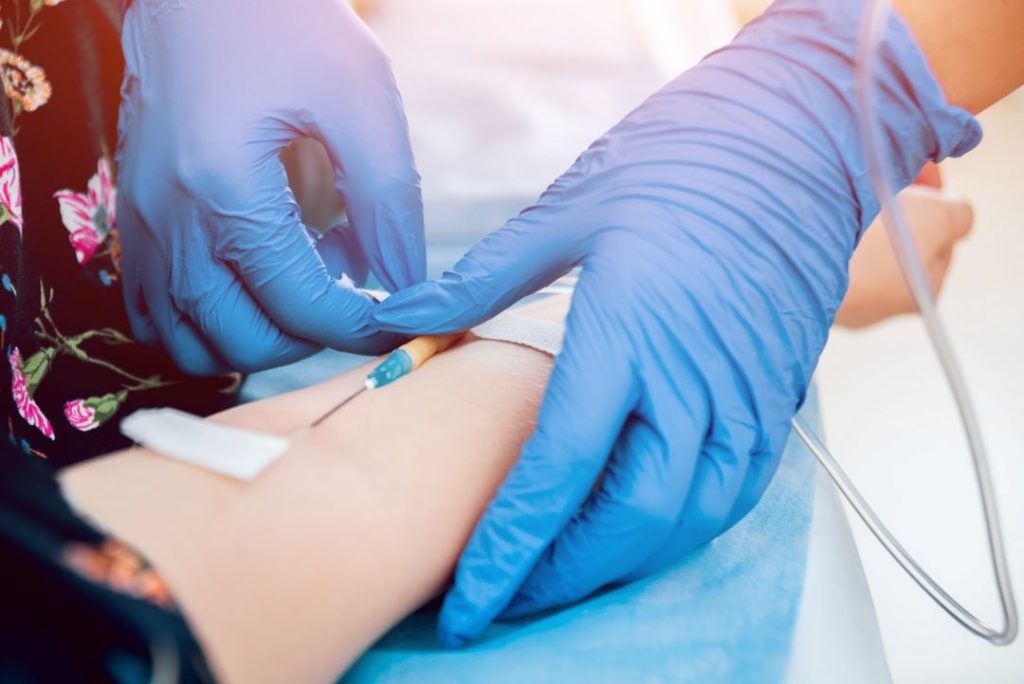
Intravenous (IV) Fluid Therapy involves the administration of fluids directly into a vein using an IV drip. This method ensures rapid delivery of fluids, electrolytes, medications, and nutrients into the bloodstream, making it an essential treatment for patients with dehydration, electrolyte imbalances, or those who require medications that are not suitable for oral administration.
Intravenous Fluid Therapy, commonly referred to as IV therapy, is a medical procedure used to deliver fluids, electrolytes, medications, and nutrients directly into a patient’s vein. This method allows for quick and efficient absorption, which is particularly beneficial in emergency situations, severe dehydration, surgery, and for patients who are unable to take medications orally.
During an IV therapy procedure, the following steps typically occur:
© 2021-2025 Wyandotte Urgent Care Clinic. All Rights Reserved. Made With Love by Ignite Marketing Agency.